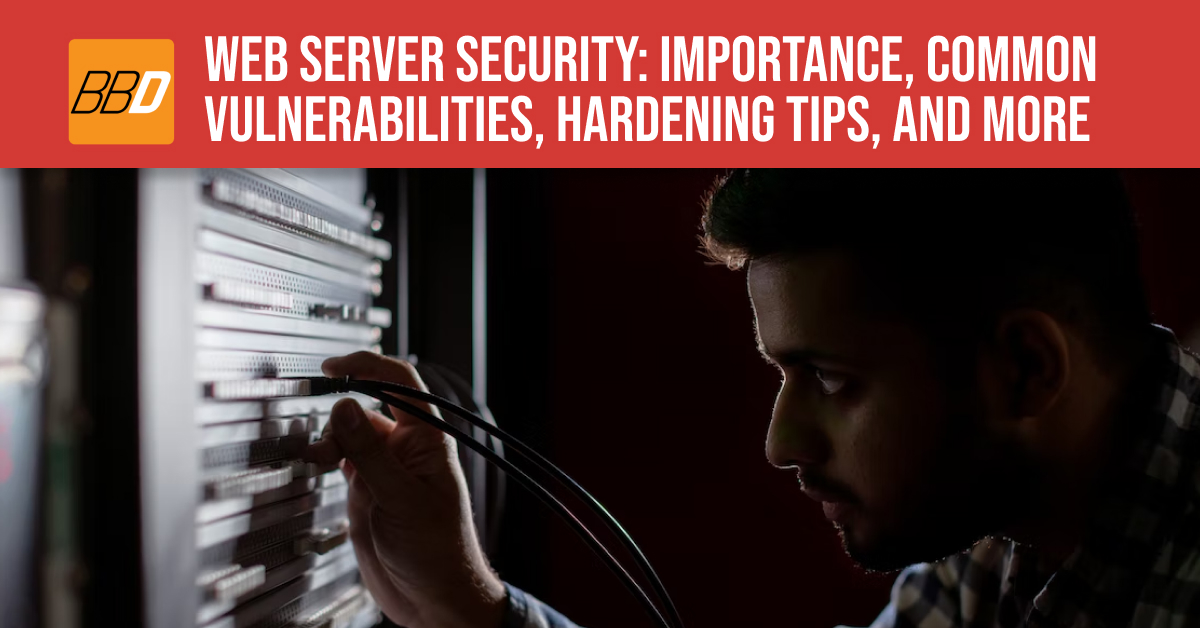People often find website security to be a complex, intimidating topic. Not only do you have established rules and best practices, but it is also a continuously evolving discipline. We’ve written this short guide to shed some light on the practice of web application security and help website owners understand how they can mitigate their risks and apply solid security principles to their online properties. However, you will have to keep in mind that no security measure is effective forever and that you always have to on the lookout for malware, malicious code and other ways in which your website can be attacked.
What is website security?
Website security is composed of the measures and tools (such as an application firewall) that a company uses in order to secure a website against cyberattacks and malware. It is part best practice and part ongoing process, and it is considered an essential activity when managing a website.
Why is website security important?
With improper website security you open yourself up to a ton of risks. A hacked website can not only leak valuable information and be compromised by malware, it can also be blacklisted by Google, which will lead to as much as a 98% traffic loss. On top of that, a data breach, where important user data such as credit card numbers are stolen, can lead to heavy fines and lawsuits.
How does website security work?
Website security is usually a part of a framework, since the techniques and tools used in cyberattacks evolve over time. As such, methods based on a set of principles are the best way to ensure ongoing security. One of the most used frameworks comes from the US National Institute of Standards and Technology, and it is comprised of five functions: Identify, Protect, Detect, Respond and Recover.
The security process starts with the Identify function, where your security specialist will document and review your asset inventory and management. The assets that will go through this process include:
- Web properties
- Web infrastructure, web server and network connections
- Plugins, modules, themes and extensions
- Third-party services and integrations
- Access nodes
Once the assets have been identified, they can be audited and better secured against attacks and malware.
The specialist will then move on to the Protect function, where he will install protective technologies and add layers of defense. Some of these protective technologies will place you in compliance with various regulations such as PCI, and make it easier to apply virtual security patches to your network. Protection may also include setting control access policies and training your employees to better understand web security vulnerabilities. An application firewall will also be installed and activated at this stage.
The Detect function has the main role of monitoring your website and network assets such as DNS records, SSL certificates, web server configurations, application security updates, user access and file integrity.
The Respond function is built on your previous mitigation, monitoring and analysis efforts. Whenever an incident occurs, you should have a response plan in place that will outline:
- The person or team that will respond in case of an incident
- The way in which the incident is reported and analyzed
- The methods of mitigation used to minimize damage
The response process itself is comprised of four general phases:
- Planning and preparation
- Detection and analysis
- Containment, eradication and recovery
- Post-incident actions
Finally you have the Recover function, which works best when you have a plan in place. The recovery plan may cover all situations, including those where every other security measure failed and the attack was fully successful, such as you would see in the case of a ransomware attack. The plan will outline how you communicate the risks facing those affected by the attack, and how and when to implement the backed up version of your website.
What are the security risks for a website?
There are several common vulnerabilities, security issues and threats facing a website. You have SQL injection attacks, cross-site scripting (XSS), brute force attacks, malware infections and attacks, and DoS/DDoS attacks. An attacker will use the first three methods to break through the web application firewall and gain access into a website, and then inject malware into the website code which can be used to open a backdoor for sustained access, collect sensitive information such as username, login credentials and credit card number data, run server exploits, mine cryptocurrencies using your site visitors’ computers, and other exploits. The last method of attack (DDoS) is used to slow down your website by flooding your server or network with fake traffic.
Are you interested in beefing up the security of your website?
If you run a big website that handles a lot of user data, or if you notice a decrease in the performance for your current site, a security checkup could be very important. If you have any questions regarding website security, and you would like to make sure that you’re safe from cyberattacks, contact us today.







